
This year, the French began to enforce a law that bans unhealthily thin models, with said models needing a doctor’s certificate in order to be hired for work. In addition the law stipulates that digitally altered images, that make models appear even skinnier than they are, will need to be labeled as such. It’s a dramatic step to tackle the growing epidemic of eating disorders that continues to perpetuate in the Western world.
With more and more individuals attempting to reach unattainable beauty standards, it’s no surprise that weight loss gimmicks and scams have reached epic proportions. However, to our surprise, radical and misguided attempts weight loss have been prevalent throughout history. Here are 10 such methods more horrifying than you probably imagined…
10. Victorians Ate Live Tapeworms
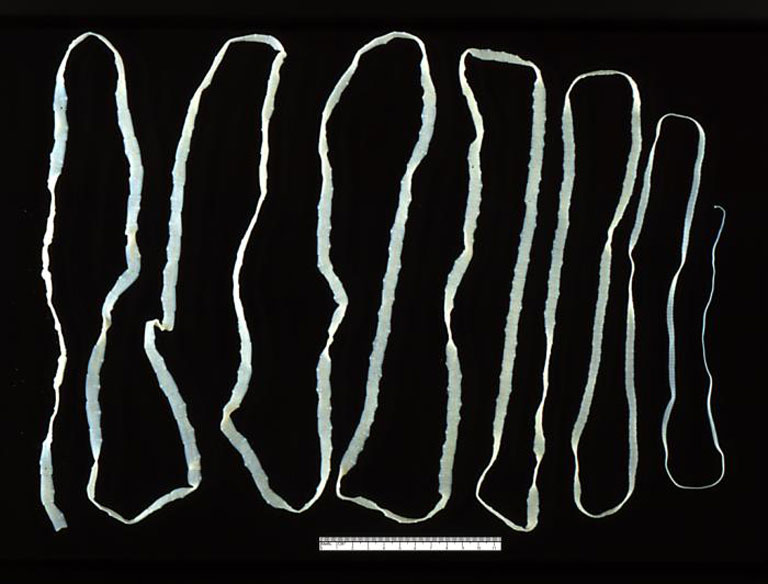
The Victorian Era, which took place roughly between the 1830s to 1900, was known for its particular beauty standards. Most notably, women of wealth wore extravagant, multi-layered skirts which had a beehive shape. For women in the Victorian period, getting into those tightly worn outfits was a struggle in itself.
Most women of the Victorian Era were pushed into fastening corsets around themselves, with the goal of achieving the esteemed 16 inch waist. Internal organs weren’t deemed to be of that much importance. And while corsets are not in great use today, a Victorian Era practice still is: tapeworms.
The concept is as terrifying as it is disgusting. Ingest a pill containing a tapeworm egg? Sounds more like a science fiction movie than a diet routine. We wish that were true. Apparently, once hatched, “the parasite grows inside of the host, ingesting part of whatever the host eats.” What makes the tapeworm diet so appealing to many is the belief that the dieter will not have to change their lifestyle or eating habits at all. The theory holds that ingesting the tapeworm allows hosts to lose weight and eat without worrying about calorie intake. There is little to no evidence that supports these claims, but somehow, the theory still exists with even “celebrities” like Khloe Kardashian suggesting their merits.
It’s our hope that the tapeworm will join the rest of Victorian fashion in the dustbins of history.
9. Vinegar to Keep Thin

Khloe Kardashian won’t be the first or the last celebrity to use their status to promote an unhealthy weight loss method. Celebrities have long used their platform to either shape or inadvertently promote an unwise weight loss diet. Enter Lord Byron. The Romantic era poet and politician, Byron was greatly concerned about his figure and popularized a vinegar-based diet. Although side effects included vomiting and diarrhea, Byron would drink vinegar daily and eat potatoes soaked in the pungent liquid. It was meant to cleanse his body, as Byron believed that he had a “morbid propensity to fatten.”
Soon after his habit became known, it became a craze with one critic noting, “Our young ladies live all their growing girlhood in semi-starvation.” The youth of the period were so influenced by Byron that they began diets consisting of vinegar and rice to emulate their idol’s thin and pale look. The need to be perceived as thin was so great during the time that even Queen Victoria worried about gaining weight. It seems that even as times change, some things do not.
8. Poisoned Themselves With Arsenic
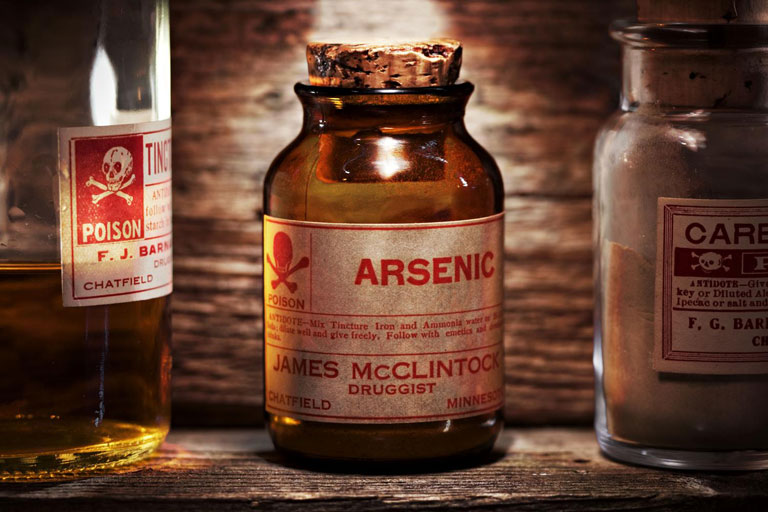
A precursor to the “wonder pills” that are currently advertised were the drugs, pills, and potions that became a part of the big business of weight loss in the 19th century. However, without the FDA, the 19th century drug makers were liable to include much more dangerous ingredients – including arsenic. For those unaware, arsenic is a rat-killing poison that will kill humans if consumed in large amounts. Studies have also linked prolonged exposure or use with cancer, diabetes, and liver disease. It remains unclear why exactly dieters believed that those ingredients would help in weight loss, but some experts believe that it “was advertised as speeding up the metabolism, much like amphetamines.”
The amount of arsenic used in these drugs and pills was small, but it was still extremely dangerous for users; especially because many would consume more than the prescribed amount with the belief that they would lose weight sooner.
7. Dieters Would Chew And Spit Out Food

Some of the greatest artists in history have had their names used to characterize other works. Works resembling Shakespeare have become Shakespearean, works similar to Kafka have become Kafkaesque. It’s not much of a leap to believe that William Fletcher must have believed his name would join the great men in history with his radical Fletcherism diet.
In the early 20th century, Horace Fletcher came up with a new weight loss program. He argued that a lot of chewing and spitting was the most effective way to lose weight. It began to be known as Fletcherism, and as it became more nuanced, Fletcher stipulated that one must chew a mouthful of food until the “goodness” was extracted, then spit out the remaining material that was left. Fletcherism became immensely popular, with proponents including the likes of Henry James and even Franz Kafka. Items such as shallots were said to be chewed more than 700 times, and dinner parties soon began to include members timing one another’s chews.
As a result of the diet, participants only defecated once every several weeks. Fletcher seemed to take this as a positive, even arguing that one’s feces would smell like “warm biscuits.” It was said that William Fletcher even carried around a bag of his own feces to demonstrate the great smell.
6. Women Tried to Wash the Fat Away With Soap

If advertisements now seem deceptive, imagine seeing an ad that claimed that with just a little of soap, you could wash away fat. A 1920 newspaper advertisement did just that, claiming the La – Mar brand could, “wash away fat and years of age.” The promotional material makes a lot of ridiculous claims, promising users that there was no need for “dieting or exercise. Be as slim as you wish.” In a lot of ways, what the La-Mar soap promises isn’t that outrageous in comparison to many of the current dieting plans. However, the La-Mar brand did make some claims that even the most ambitious scam artists wouldn’t make.
Here are a few: acts like magic removing double chin, results quick and amazing, and reduce any parts of the body desired without affecting other parts.
The amazing and terrifying thing is La-Mar wasn’t alone: La Parle existed in the United States with the same promises of their competitors, and undoubtedly the same “results.”
5. Breatharian Diet was Like a Cult

Probably the most terrifying diet on our list is more than just a diet, and is considered a philosophy and even a spiritual movement. Proponents believe that all one needs to survive is… sunlight. That’s it. Advocates claim that human beings who demonstrate spiritual purity can live solely on water, sunlight, and the life force (Prana). While it may seem to be an ancient hoax, “breatharianism” is currently practiced in the United States.
Leaders of the American movement, Wiley Brookes and their founder Jasmuheen (born Ellen Greve), have led its growth and resurging popularity. Jasmuheen claimed to be able to survive without any more than the occasional cup of tea for months on end. However, after an interview with 60 Minutes where she consented to stay in a hotel room to demonstrate her abilities, she was unable to stay for a single day without demonstrating signs of dehydration.
Actress Michelle Pfeiffer, who admitted to participating in the movement early in her career, has called it a cult with adherents who are very controlling and manipulative.
4. Rubber Garments Were Another Form of Corsets
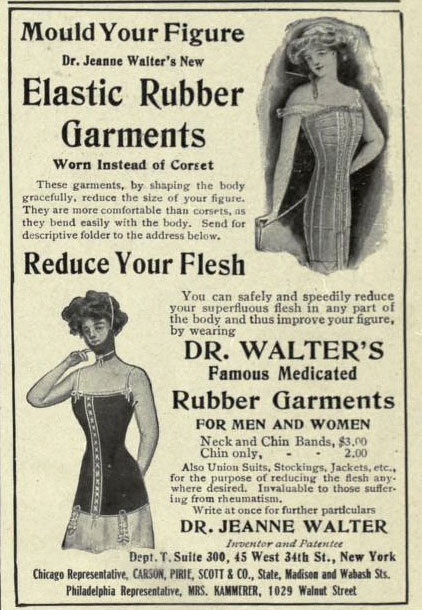
It’s hard to beat the crudeness and restrictiveness of the corset, but the Rubber Garment certainly made its best effort. A rubber device that appeared like a modern ankle brace, promised to “reduce your flesh.” The advertisement claimed that weight would be lost without diet or exercise, simply by dissolving fat as a result of perspiration that will be caused by wearing the rubber garment.
Promotional material claimed the rubber garment was deemed effective by a Dr. Jeanne P.H. Walter. And we don’t think it takes Holden Caulfield to tell us that the woman’s middle initials must have stood for phony.
3. Spot Reducer Has a Familiar Advertising Slogan
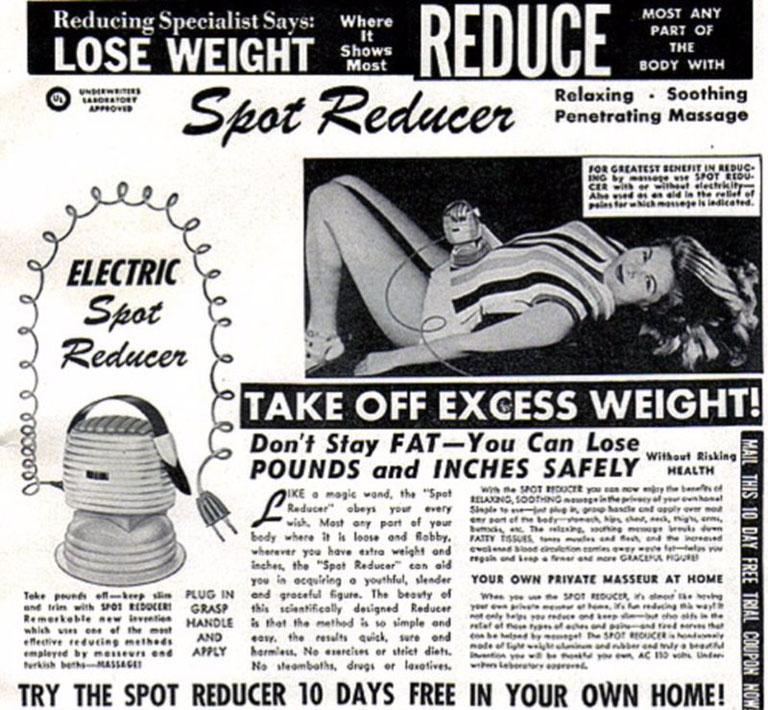
The Spot reducer makes the list because of its demonstration of the parallels between ad campaigns. The great similarity between advertisement for the Spot Reducer and La- Mar soap is quite fascinating and terrifying. A one page promotional piece placed in the 1950 Milwaukee Sentinel for the Spot Reducer encouraged readers to not to stay fat, but to “lose pounds and inches safely.” A small gadget made of aluminum and rubber, the Spot Reducer was nothing more than a small vibrator. That didn’t stop advertisers.
Wherever the reader has extra weight, the Spot Reducer will erase it “like a magic wand,” they said. Similar to earlier ad campaigns, they told consumers that they did not have to worry about diet or exercise, all the work would be done by the Spot Reducer. It’s sad that people not only believed those words then, but continue to believe them now.
2. Tongue Patch Test

A “modern” iteration of the tapeworm diet, the tongue patch test consists of a doctor sewing a patch of mesh into patients’ tongues. As a result of the patch, swallowing or eating, in general, becomes difficult – even causing pain. The tongue patch test is most prevalent in Venezuela but has also been documented in the United States.
A cosmetic surgeon in California who has begun to administer the patch charges $2,000 for the procedure while promising it will lead to 18 to 20 pounds of weight loss in 30 days.
For those who found this method appealing, “the procedure comes with an 800-calorie per day liquid diet of shakes and drinks until the patch comes off.” Buyer beware.
1. Last Chance Diet Took Lives
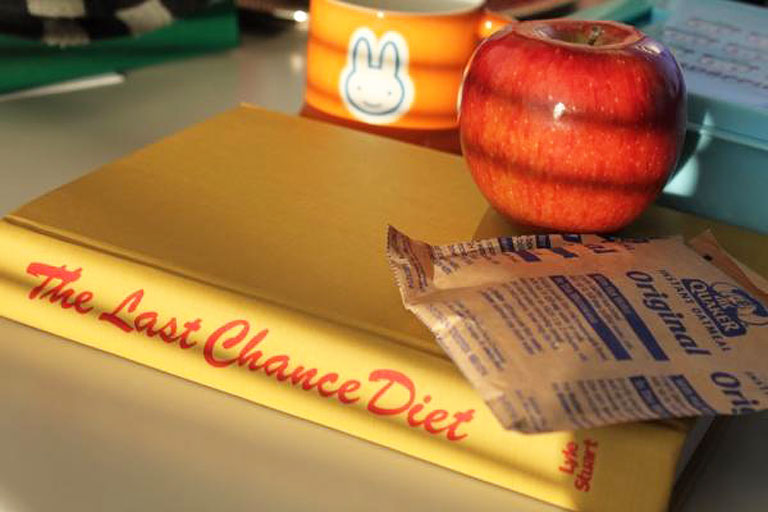
Like Mr. Fletcher, the Prolinn diet also bears the name of its creator: Robert Linn. The Prolinn diet was created in the 1970s as a precursor to the wonder drinks of the 1990s. Linn’s special drink was said to contain “400 calories of liquid protein.” However, after some investigation, the “protein” in Linn’s drink began to be questioned. Soon after, it was revealed that the “protein” was nothing more than the leftover of slaughterhouse byproducts like crushed animal horns, hooves, hides, tendons and bones.




Leave a Reply